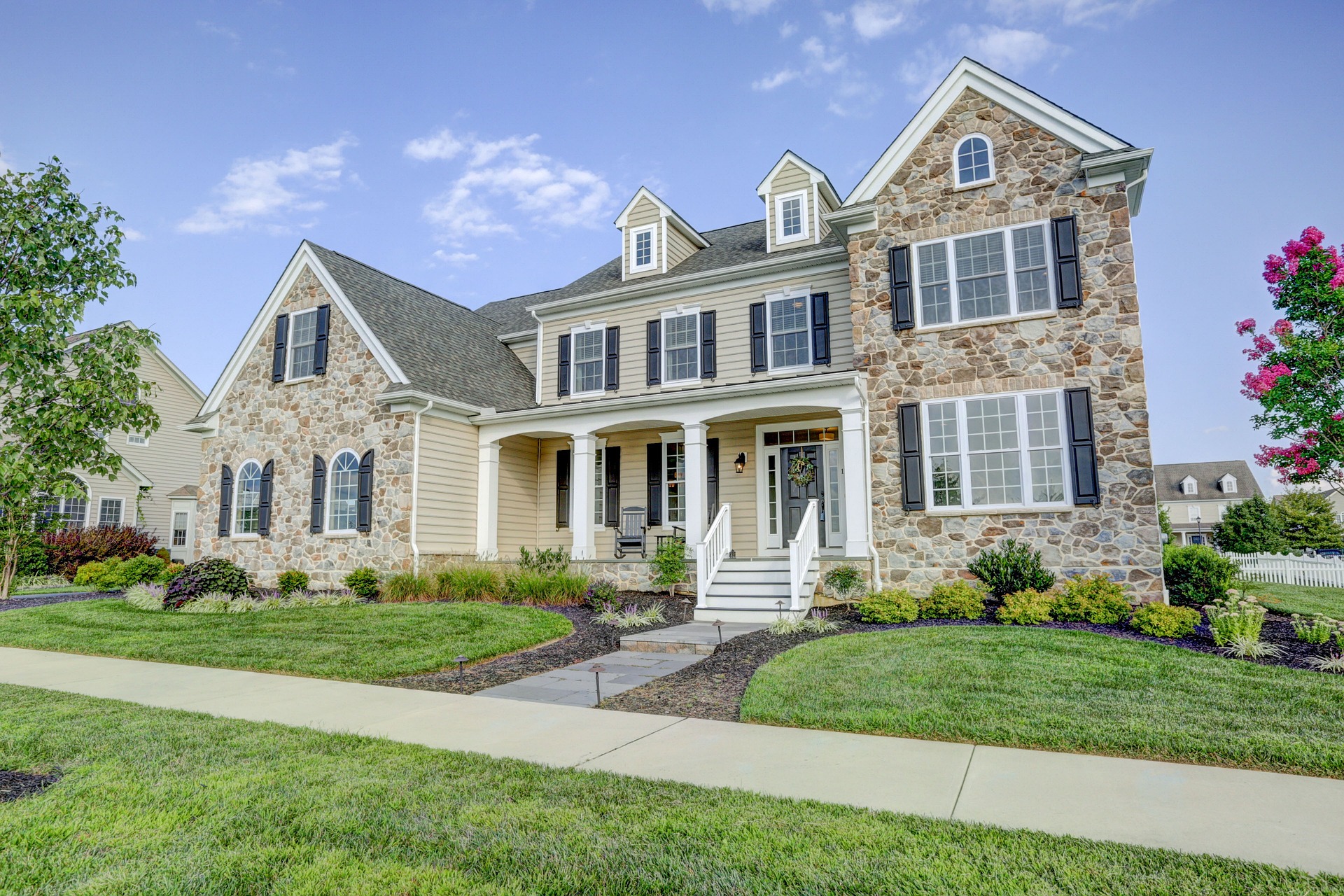How Home Value Is Determined: Key Factors & Appraisals
Curious about your home's worth? This guide explains what drives property value—location, home features, and market trends—and reviews common valuation methods like CMAs, AVMs, and professional appraisals. Learn practical ways to boost value and make smarter real estate decisions.

Understanding what determines a property’s worth helps homeowners, buyers, and investors make smarter choices. Home value is influenced by a mix of location, physical features, and broader market forces. This article breaks down those elements, reviews common valuation approaches, and offers actionable steps to increase a home’s market appeal.
How location shapes a property’s price
Location remains one of the most influential factors in real estate. A neighborhood’s safety, reputation, school district quality, and access to public transit, shops, and entertainment all affect demand. Properties in convenient, low-crime areas with strong schools generally command higher prices. Future development plans can also shift values—new infrastructure, commercial projects, or zoning changes may raise desirability, while undesirable developments can depress it. Even micro-location aspects, such as a quiet street versus a busy thoroughfare or a view versus a blocked sightline, can change buyer perception and price.
Physical features that affect value
The tangible characteristics of a home are central to its valuation. Important physical attributes include:
- Size: Square footage and usable living space are primary drivers of price; more space usually increases value, though quality of layout matters too.
- Age and condition: Newer builds or well-maintained homes tend to fetch better prices. Deferred maintenance can reduce value more than age alone.
- Room count: The number of bedrooms and bathrooms influences functionality for families and resale potential.
- Layout and flow: Modern, practical floor plans—open layouts, adequate storage, and good traffic patterns—are often preferred.
- Energy efficiency: Upgrades such as improved insulation, energy-efficient windows, modern HVAC systems, or solar panels can make a property more attractive and may lead to higher offers.
- Curb appeal: Landscaping, exterior paint, and an inviting entrance impact first impressions and can sway buyer decisions.
Each of these elements contributes both to the objective value of a house and to buyer perception, which ultimately drives the sale price.
The role of market conditions
Real estate values do not exist in a vacuum; they react to broader economic forces. Interest rates affect borrowing costs and buyer affordability—lower rates typically increase buying power and push values up, while rising rates can cool demand. Employment trends and local economic health influence how many people can afford homes in a region. Supply-and-demand dynamics determine whether you live in a seller’s market, where limited inventory raises prices, or a buyer’s market, where excess supply can depress values. Seasonal patterns and short-term events (like policy changes or local job announcements) can also cause rapid shifts, so staying informed about market conditions is essential when evaluating property value.
Common methods for valuing a home
Several approaches are used to estimate property worth, each with pros and cons:
- Comparative Market Analysis (CMA): A real estate agent compares your home to similar, recently sold properties in the neighborhood. CMAs are tailored and reflect local trends, but they rely on the agent’s judgment and available comparables.
- Automated Valuation Models (AVMs): These algorithm-driven tools (found on many real estate platforms) use public records and statistical modeling to produce quick estimates. AVMs are fast and free but may miss unique property features or recent local shifts.
- Professional Appraisal: A licensed appraiser inspects the property and performs a detailed market analysis. Appraisals are thorough and often required by lenders, but they incur a fee and capture value as of a specific date.
- Online Home Value Estimators: Websites offer free estimates combining elements of AVMs and local data; some also allow agent input for added accuracy.
Choosing the right method depends on your purpose: a fast online estimate may suffice for curiosity, while a formal appraisal is appropriate for refinancing or purchase transactions.
How homeowners can increase their property’s market value
There are effective, practical steps homeowners can take to boost value:
- Targeted renovations: Kitchen and bathroom updates typically yield strong returns. Prioritize durable, neutral finishes and practical upgrades.
- Consistent maintenance: Addressing small issues before they escalate preserves value. A well-documented maintenance history reassures buyers.
- Energy improvements: Installing efficient appliances, sealing drafts, or adding solar panels can reduce operating costs and attract eco-minded buyers.
- Enhance curb appeal: Landscaping, fresh paint, and a tidy exterior invite higher offers by improving first impressions.
- Add smart features: Home automation and security systems increasingly appeal to buyers and can give a property a modern edge.
Investments should be balanced against local market expectations; high-end upgrades may not return value in neighborhoods where buyers seek modest homes.
| Valuation Method | Provider | Key Features |
|---|---|---|
| Comparative Market Analysis | Local Real Estate Agents | Personalized analysis, local market expertise |
| Automated Valuation Model | Zillow’s Zestimate | Free, instant estimate based on public data |
| Professional Appraisal | Certified Appraisers | In-depth evaluation, required for many loans |
| Online Estimator | Redfin | Free estimate with option for agent input |
Prices, rates, or cost estimates mentioned in this article are based on the latest available information but may change over time. Independent research is advised before making financial decisions.
Putting it all together
Ultimately, a home’s true market value is what a willing buyer will pay under current conditions. Regularly reviewing local trends, keeping the property well-maintained, and choosing the right valuation method for your situation will help you make informed decisions. Whether preparing to sell, considering renovations, or simply tracking equity, understanding these factors gives you the context to maximize your property’s worth over time.






